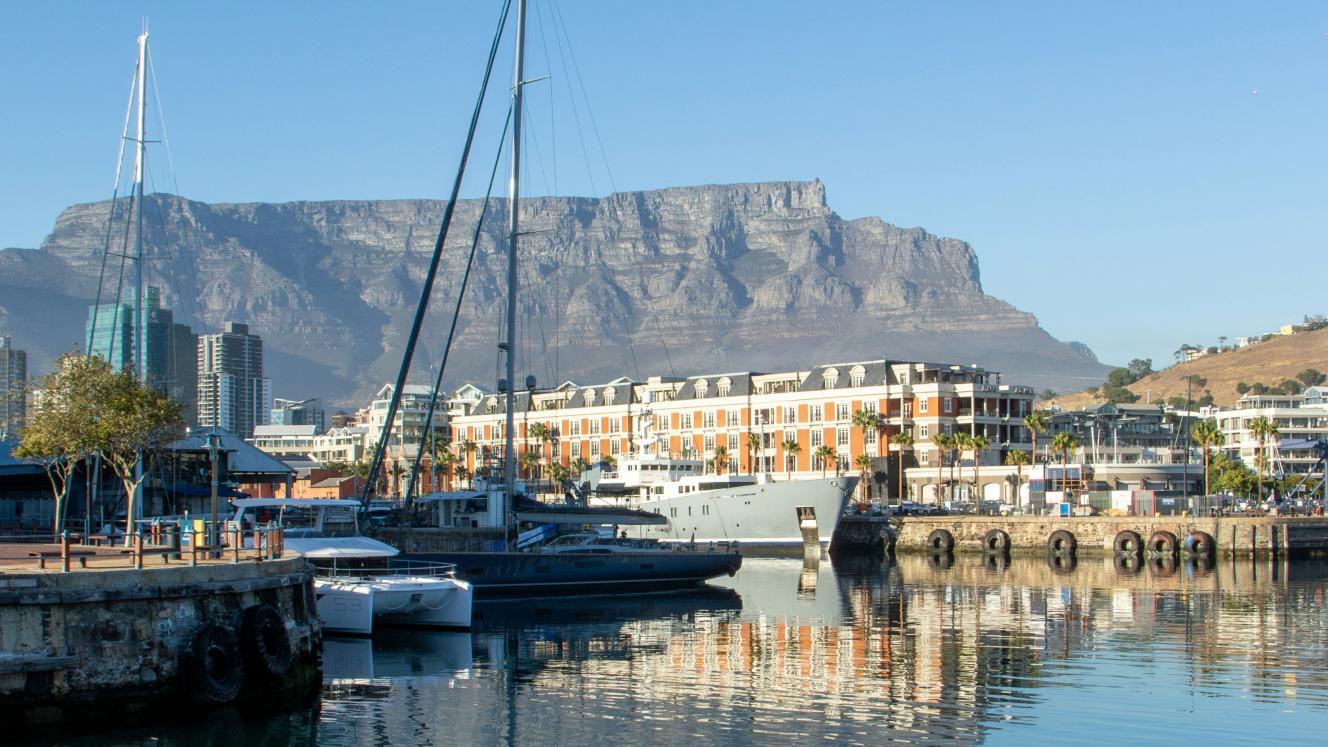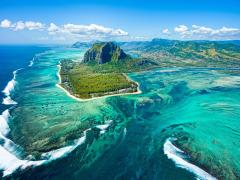The V&A Waterfront’s proposed new Granger Bay development is expected to contribute over R1.1 billion (US$62 million) to annual GDP and drive further tourism benefits including increasing the amount of time tourists spend at the Waterfront, improving repeat visitor rates and its attractiveness to international and domestic tourists, according to a draft scoping report on the development.
The V&A Waterfront, already one of the most visited attractions on the continent, intends to start a R20 billion (US$1.1 billion) phased development that will continue over the next 15-20 years. The development is part of the Waterfront’s long-held plans for the Granger Bay portion of the property, connecting it with the Atlantic Ocean coastline. The area will be mixed use, extending the existing promenade and allowing for residential and other developments such as hotels.
The draft scoping report, prepared by Infinity Environmental, is part of the environmental impact assessment process. The comment period allows for any concerns and issues to be raised early on in the process. Public comments on the report close on September 1.
As part of the development plans, 3.2 hectares of land are earmarked to be reclaimed from Table Bay.
Socio-economic impact
The report highlights the socio-economic importance of the development, creating “economic opportunities during the construction and operational phases”. Over 26 000 jobs are expected to be created during the construction phase and over 5 000 jobs once operational.
“As a part of one of South Africa’s most visited destinations, the proposed mixed-use development at Granger Bay stands to positively influence Cape Town’s tourism and visitor economy. By expanding the range of attractions, particularly through the addition of public waterfront space, improved visual aesthetics, enhanced walkability and increased leisure facilities, the development will further strengthen the V&A Waterfront’s role as a leading tourism node,” the report states.
Among the public amenities listed in the report are a “coastal sea park” made up of tidal pools, a swimming pool and public walkways. The new bay will also provide sheltered water for boating, kayaking and swimming, and land-based amenities such as a slipway, fixed quayside, landscaped promenade and open areas.
“These additions are likely to extend visitor dwell time and repeat visitation, stimulate local hospitality and retail spending, and increase the area’s attractiveness to international and domestic tourists. Indirect benefits may also accrue to Cape Town’s brand image as a modern, vibrant and accessible city, further boosting tourism-linked sectors,” states the report.
Assessing the impact
The development will also have to consider varying degrees of impact on the area’s heritage resources. Some date back to a period before the 1600s. From an environmental perspective, two marine ecosystems (the Cape kelp forest and mixed shore) will be impacted by the land reclamation and construction. It could also impact sensitive marine species.
Reclamation of land from the sea and the creation of two new breakwaters will also have some impact on wave heights in the area although the report states the ecological impact of development is “insignificant to very low negative” with mitigation measures in place. The Oceana Power Boat Club will benefit from more favourable launch conditions as a result of the development. However, currents may be stronger closer to the exit of the development zone.
The report cites noise, traffic disturbances, less parking space and visual impact as some of the negative impacts during the construction phase. It also highlights visibility impacts from Beach Road, Fort Wynyard, Somerset Hospital, the Water Club and the Radisson Hotel breakwater during and after construction.














